If construction machinery had its own Olympics, the 4th Changsha International Construction Equipment Exhibition (CICEE 2025) would be a “runner making a heroic push” event. Held in mid-May, the four-day event drew more than 1,800 companies and over 300,000 visitors from across the globe, packing 300,000 square meters of exhibition space with the sound of gears turning and deals being made.
But this wasn’t just another industrial trade fair. This year’s CICEE felt like a mirror reflecting how far China has come and how far it’s aiming to go.
From Quantity to Quality, with the Same Quantity
Once seen mainly as the world’s workbench, China has flipped the script. Now it’s not just about how much it can build, but how smart, clean, and connected that building can be. The theme this year, high-end, intelligent, green, didn’t just hang on banners. It came to life across rows of machines powered by electric motors, guided by AI, and engineered for tomorrow’s infrastructure.
Picture this: Zoomlion’s latest crane can lift thousands of tons yet burns 20% less fuel. SANY’s electric unmanned excavator, practically right out of a sci-fi movie, runs circles around traditional models in mining and rescue jobs. And there were hydrogen-powered drones that can fly for three hours straight in sub-zero conditions, carrying payloads like it’s nothing.
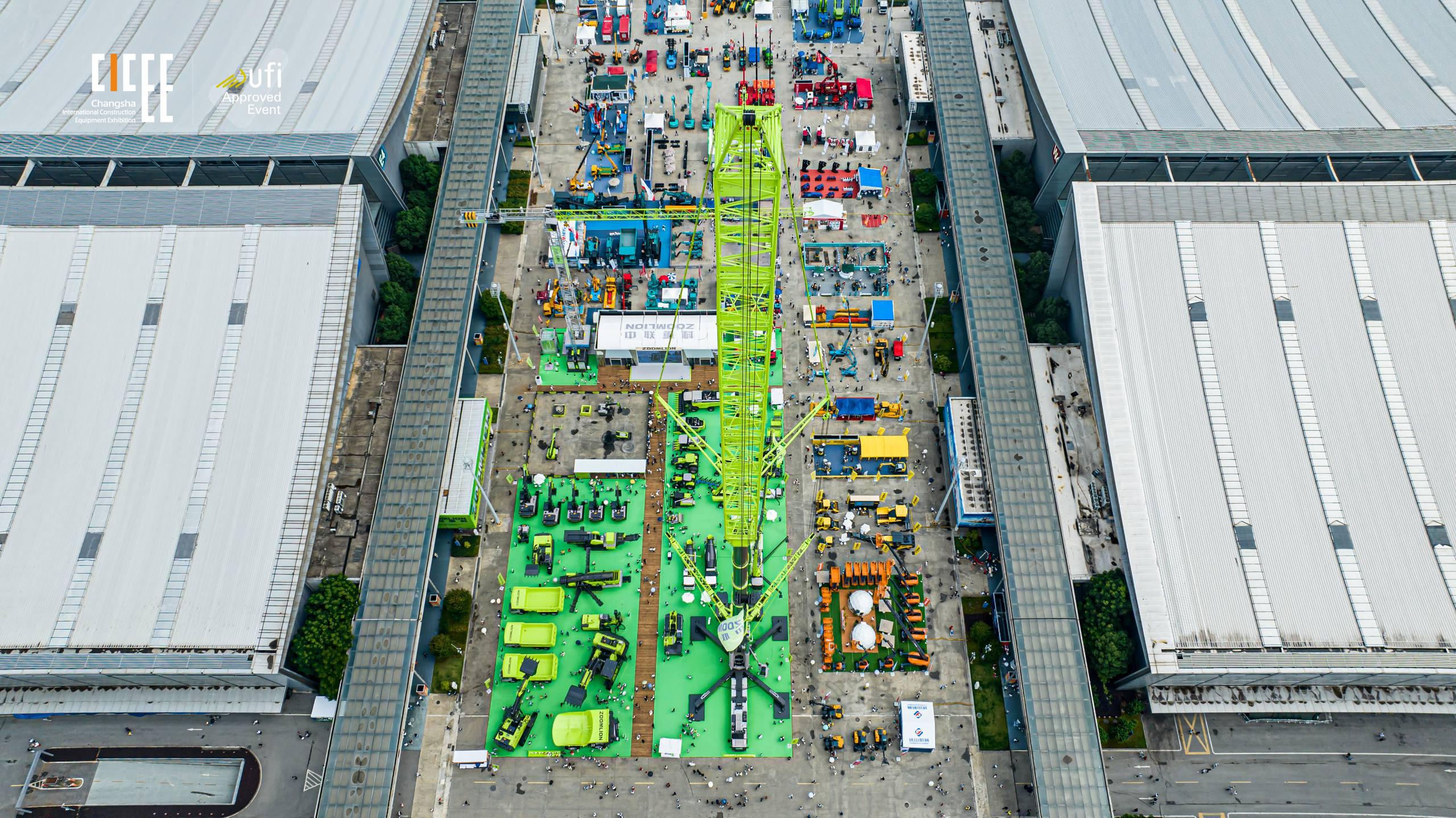
Tech Races Ahead, but the Regulatory is still on the Catch
One message came through loud and clear: the regulations are still finding their footing. While Europe has laid down solid rules for emissions, AI safety, and autonomous control, China is in the thick of figuring that out.
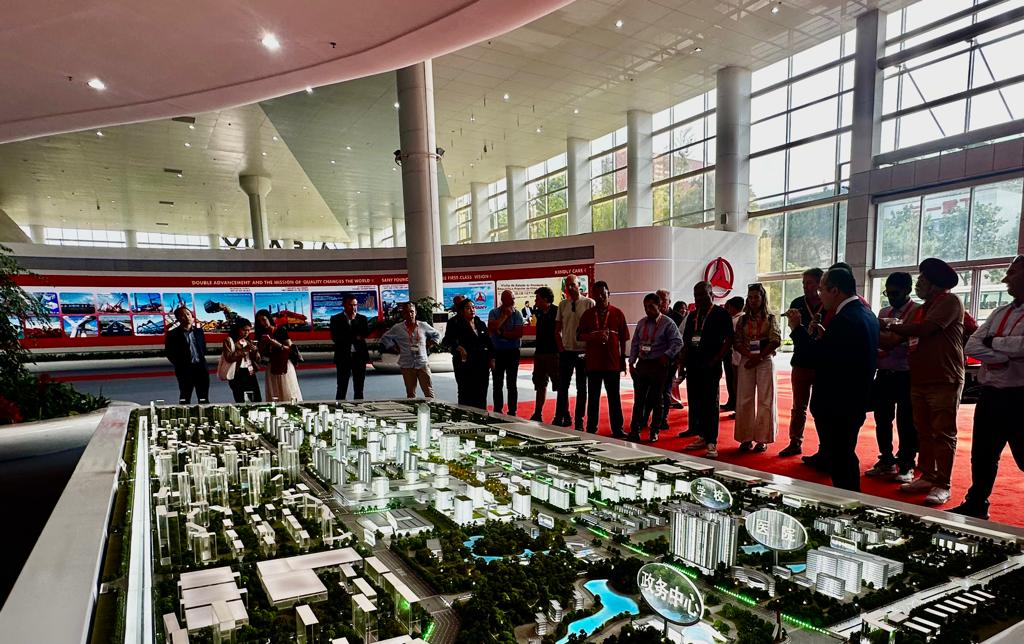
This challenge surfaced again and again in forums and panels. You had tech that was five steps ahead of the law, and the people building it asking, “So, what’s next?” It’s like building a supercar before the roads are ready. The potential is there, but the infrastructure to guide it is still catching up.
Part of the World is Participating
If anyone still thinks China is going it alone, CICEE 2025 told a different story. Delegations flew in from all corners: India, Russia, Southeast Asia, Latin America, and well beyond. Over 5,000 international buyers roamed the halls. Diplomats from 55 countries shook hands with CEOs and engineers, while more than 600 exhibitors signed business deals that crossed borders.

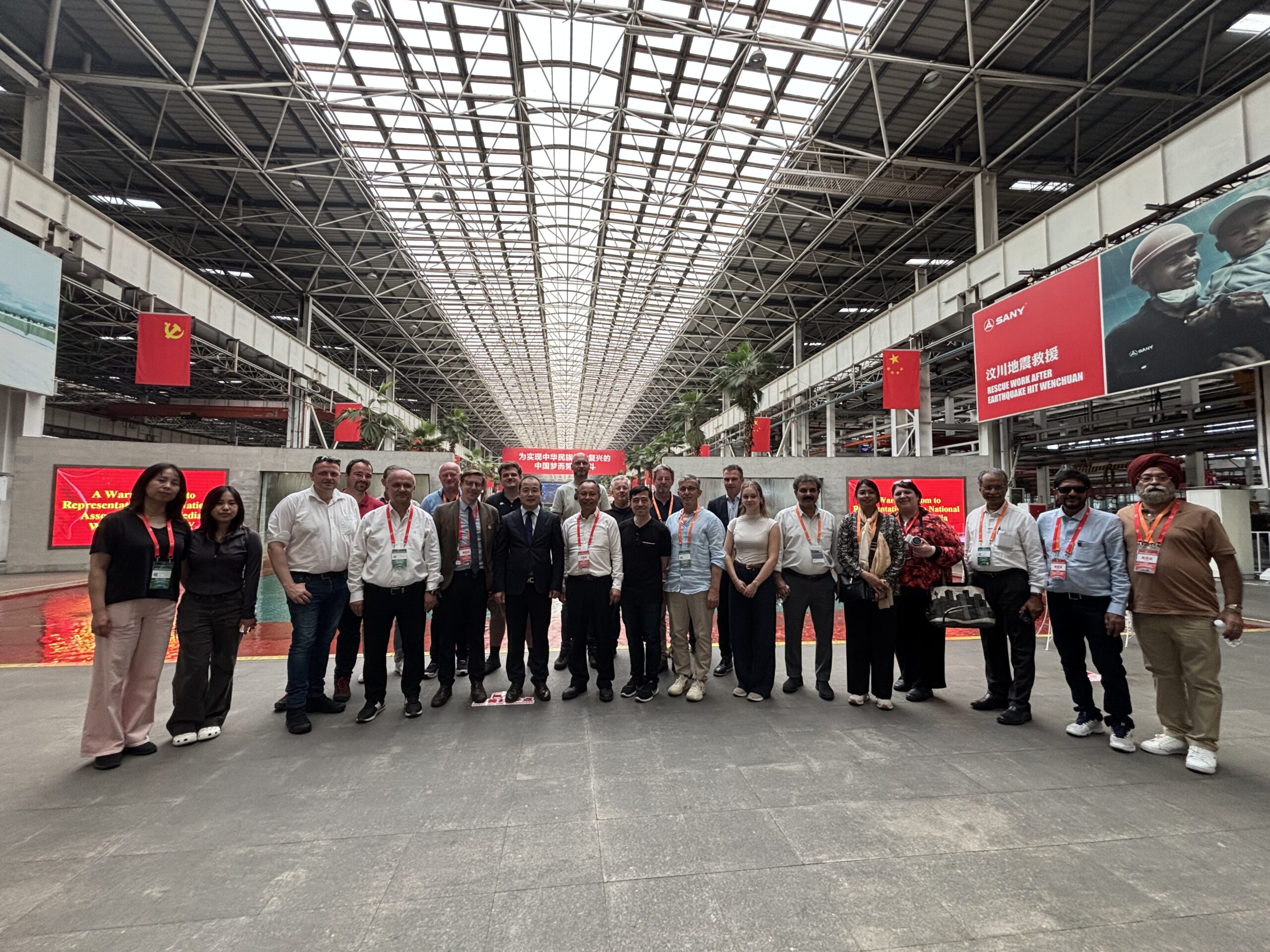
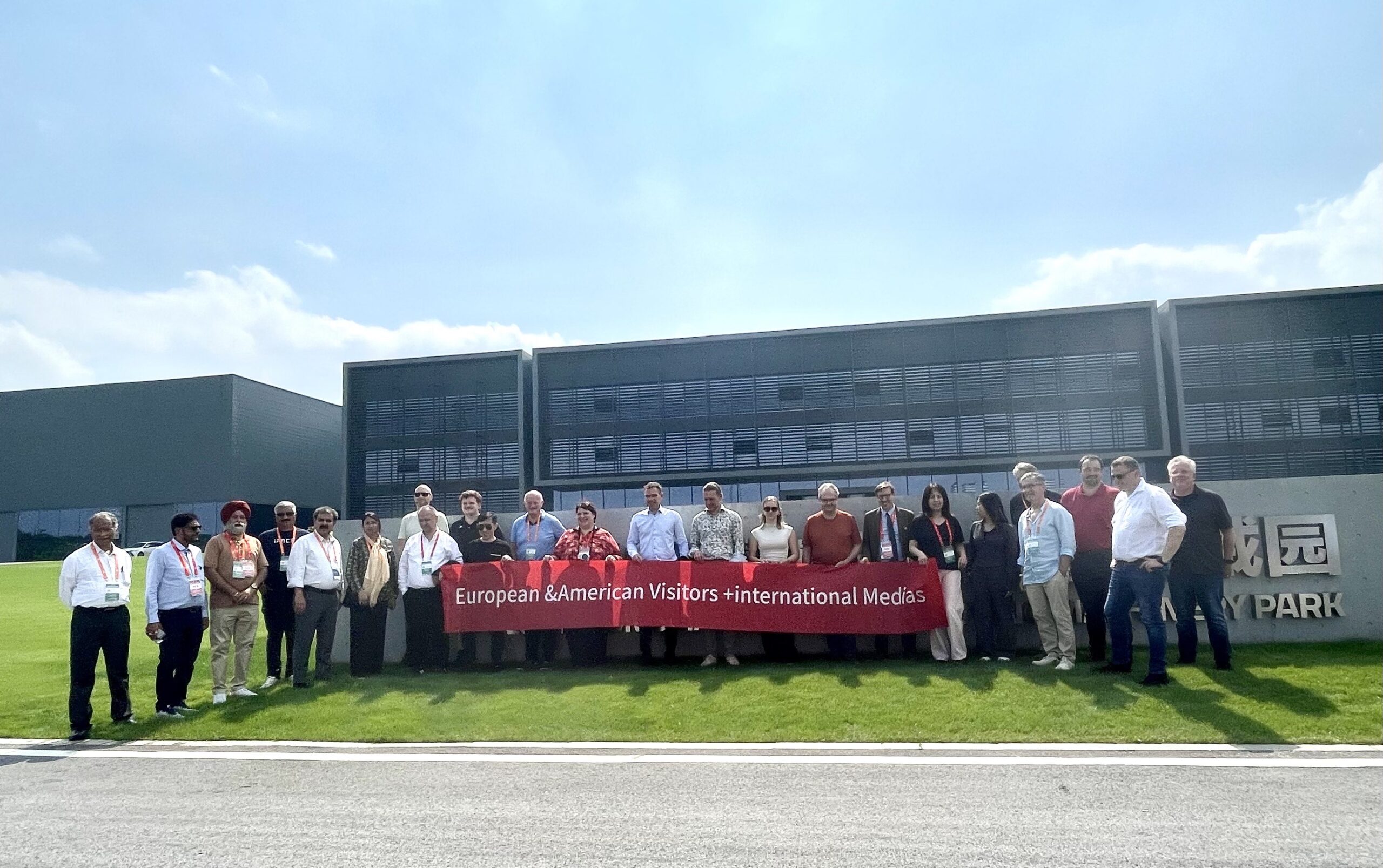
Some of those agreements weren’t just about buying a machine. They involved long-term technical cooperation, training programs, and mutual recognition of standards. These weren’t one-off trades; they were seeds of deeper industrial partnerships.
The Cameroonian Ambassador put it simply after touring the exhibits: “Hunan’s innovation in construction machinery is truly impressive.” And he wasn’t alone in thinking so.
A Bigger Picture: Equipment as a Doorway to Collaboration
One theme that floated under the radar but carried real weight was how China is using its equipment industry as a bridge to the world. It’s not just about moving metal. It’s about moving ideas, people, and long-term development strategies. More and more, construction exports come bundled with training, service, and financing packages that help partner countries grow their capabilities.
This strategy fits right in with China’s Belt and Road initiative. But here, at CICEE, it wasn’t a talking point, it was in action.
The Industry Talks and Listens
Over 100 forums and networking events took place, drawing in more than 2,500 industry thinkers. Discussions ranged from tech trends to regional cooperation, and the “Five-Province Equipment Forum” even sparked new plans for unified strategies among regional manufacturers.
New launches were also part of the buzz. SANY rolled out a 250-ton hybrid crane and electric logistics trucks, while Sinoboom inked deals for high-reach boom trucks heading to Southeast Asia. It wasn’t just about what’s new—it was about where the industry is going.
A Glimpse Into the Future
CICEE 2025 felt like a glimpse into what tomorrow’s construction world might look like. Sleek, green machines. Smarter networks. Cross-border partnerships that go beyond buying and selling. And while China still has some regulatory steps to take, there’s no question about the direction it’s heading. It’s not just building machines anymore. It’s building ecosystems.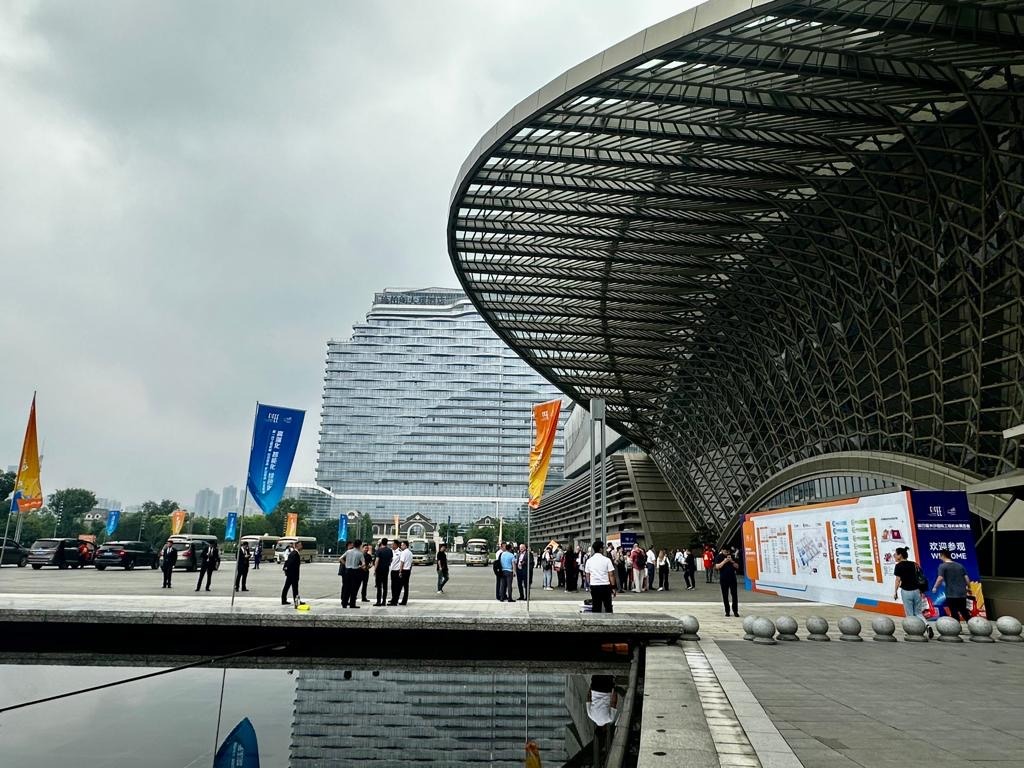
One More Thought: Equipment as a Relationship Builder
Beyond the business deals and machine launches, there’s a bigger story unfolding. Chinese companies are increasingly using equipment exports as a gateway to long-term partnerships. It’s not just about selling a crane or a truck anymore. It’s about offering training, support, and infrastructure collaboration.
This strategy, seen in Belt and Road projects and echoed at CICEE, reflects China’s broader ambition to be a global force in not just manufacturing but development itself.


 Copyright 2017-2025 All rights reserved.
Copyright 2017-2025 All rights reserved.